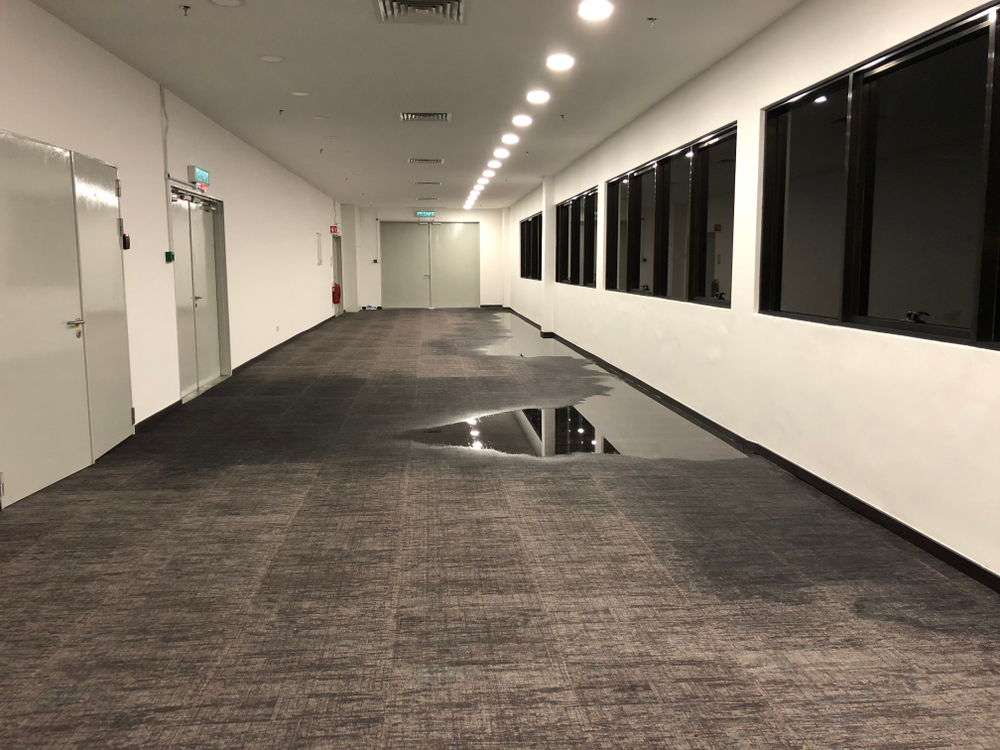
Did you know that 40% of all building-related problems are due to water intrusion?
Most structural deterioration in buildings is due to water, and water intrusion accounts for a whopping 70% of construction litigation.
Concrete is often considered impervious to the elements. However, water intrusion can pose a significant threat to the long-term integrity of concrete structures. Many water intrusion problems are attributable to human error including detailing, specifications, or installation, so it’s important as a building designer to carefully consider the right system for the conditions, compatible materials, the right prep work and surface preparation, and quality materials.
There are several ways in which water can infiltrate concrete:
- Corrosion: When water and oxygen come into contact with reinforcing steel within concrete, it can cause corrosion.
- Deterioration: The corrosion biproduct is 5 to 6 times the volume of the parent metal. As the reinforcement expands, it initially cracks then spalls the concrete cover. This coupled with the possible section loss of the reinforcement weakens the concrete structure which can lead to structural failure.
- Freeze-thaw cycles: Repeated freezing and thawing of water within concrete can cause it to deteriorate.
Read more in the latest article on our website!
Investing in a Dry Future
Water intrusion engineering is an investment in the longevity and safety of your building. By proactively addressing water issues, you can save money in the long run, ensure a healthy indoor environment, and extend the lifespan of your valuable property. So, if you suspect water intrusion in your building, don’t wait – contact a qualified structural and waterproofing engineer today.





No comments:
Post a Comment